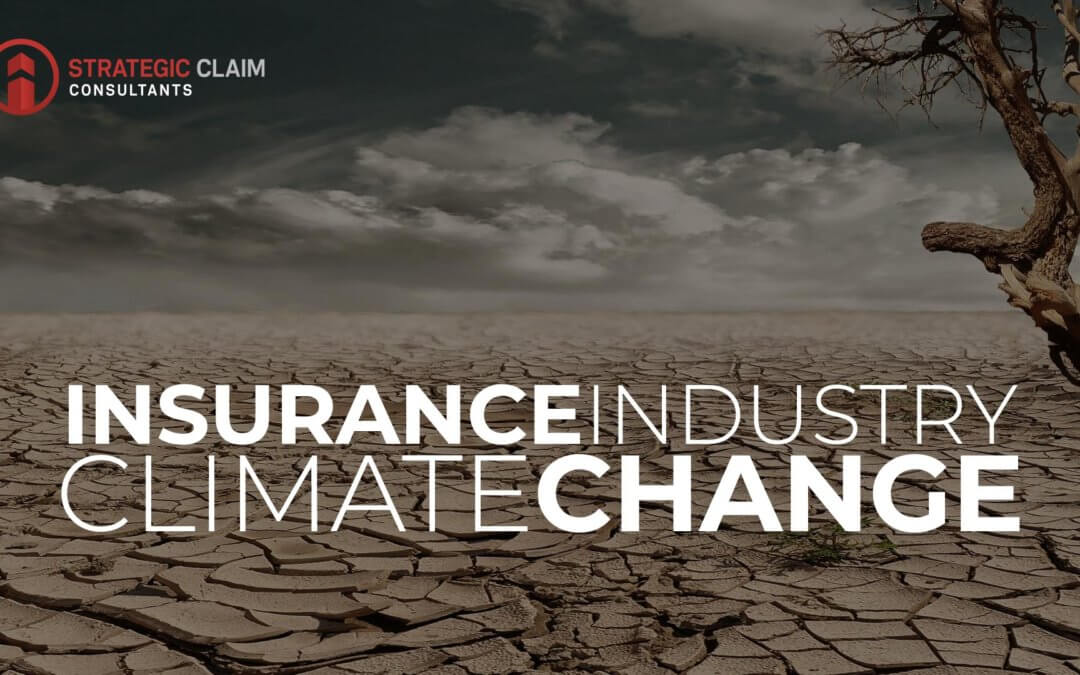A Changing Climate and the Insurance Industry
If you were to open the news right now, it’s undeniable that there are some very serious things happening around the world. Australia has dealt with some of the most severe fires in its history, burning millions of acres of land, killing billions of animals, destroying over 1,500 homes and taking the lives of at least 25 people so far. This devastating event comes off the tail end of the other massive fires of 2019 in California, the Amazon, and Siberia. This past November, Venice saw the worst flooding since 1966, with water rising over 6 feet above sea level. Or, look to Puerto Rico, an island thrown into a global humanitarian crisis after Hurricane Maria hit in 2017. Sadly last night, without warning, there was a 6.4 magnitude earthquake that hit the island, again, leaving massive destruction in its wake.
When you look at history and all these severe current events that are happening to different areas around the world, the climate is undoubtedly changing…and so must we. Change starts first with a decision to ACT and every choice we make in life impacts the world around us. If we choose the other route, the path of inaction, delay, and denial, I don’t think any of us know where we will end up or what our world will look like in the short future.
How will this impact the insurance industry?
It’s very conceivable that in any given year, we could see more than one catastrophe hit. What will happen to our industry as the climate begins to change, we can only hypothesize at this point. With disasters happening more frequently every year, insured losses are rising, meaning more people are filing insurance claims. This could lead to a severe delay in the handling of your claim, or even making it more difficult to purchase insurance in disaster-prone areas. For example, if you are in an area that’s in a hurricane zone and you’ve already filed multiple claims for damages from past storms, you may have difficulty even getting or affording the insurance to cover your personal property. It could also affect the insurance policies themselves, changing what types of losses are and are not covered.
The industry will continue to change as typically characterized storms shift to more atypical patterns. For example, in hurricane-prone areas, flood insurance is almost never covered under a standard insurance policy. In order to get that covered, the insured needs to go to the NFIP to purchase additional insurance coverage. It’s possible that in the future, if you are in a coastal community, you may have to purchase additional hurricane coverage through a subsidy similar to the NFIP – in addition to – flood insurance and your typical property insurance.
Another way a changing climate may actually benefit the insurance industry is by the increased popularity of the environmental sustainability movement. People who are building “green” properties are turning to resources like solar, wind, and geothermal power to sustainably fuel their needs. Renewable building practices can help to greatly reduce these greenhouse gas emissions by more than 50 percent. With the “green” trend growing, insurance companies are generally supportive of this, even offering new policies specifically for these types of properties, even with endorsements to those committed to the trend.
What the future holds for us, no one can be sure but a changing climate does affect all of us, in some way, shape, or form. Do your research, reach out to one of our public adjusters if you have any questions, and remember, we’re all in this together.
Call Brandon Lewis and the team at Strategic Claim Consultants at (844) 701-9995 today for more ways to prepare for the things that cannot be predicted, but can be hedged against with the right tools and measures.

